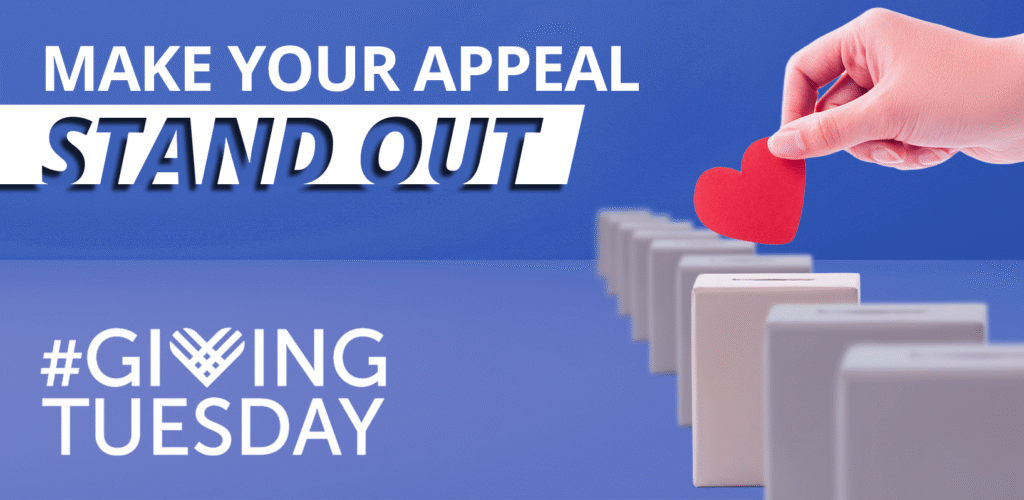
It shouldn’t surprise anyone in the post-pandemic world we now live that a crisis of epic proportions would close out 2022.
Although, Southwest Airlines’ crisis will not end when the ball drops on New Year’s Eve.
As one of the largest global airlines, Southwest is still at the onset of navigating an operational “meltdown” that has left tens of thousands of travelers stranded with cancelled flights during the busiest holiday season.
Aside from dealing with the immediate crisis response, the company will be dealing with brand management, reputation, internal, external and every other type of communications under the sun well into 2023 and beyond.
To Southwest’s credit, it has been doing and saying a lot of the right things to manage the immediate crisis. They owned their mistakes, showed empathy, recognized their employees for all their hard work and they are taking actions to address the needs of impacted customers.
Additionally, they have been transparent by acknowledging they failed to improve a systemic operations issue they’ve known about for years.
This is not a critique about Southwest’s communications response so far. It’s about understanding every audience and the importance each play when managing a crisis communications situation. Customers, employees, media, digital platforms, investors, shareholders and stakeholders at every level need to be given equal attention.
For Southwest, a key stakeholder group has taken priority and it will become the airline’s most important one to message and communicate. The call for federal investigations by U.S. Secretary of Transportation Pete Buttigieg and the Senate Commerce Committee will commence what could be a grueling period of public hearings, testimonies, allegations and responding to investigative findings.
Southwest will need to ensure that every communication keeps these agencies and individuals at the forefront.
Elected officials and government agencies at every level have a platform that allows them to garner just as much, if not more, attention than any other audience. While the focus is typically on media relations during a crisis, public stakeholders need to be kept in the loop — always. There can never be too much communication when it comes to those who make policy and regulatory decisions, especially those with the authority to issue subpoenas and initiate investigations and public hearings.
Communicating with each audience is not a one-size-fits-all approach. The overarching messaging is the same, but it’s how it’s presented and delivered that matters most. Communicating with a customer to address his or her concerns is entirely different than how a company provides updates to its employees or investors.
Delivering an effective message to an elected official or governing agency needs to account for how they can interpret the information for their own use and for their constituents. They govern under a large umbrella of transparency and accountability and appreciate concise facts and updates as soon as they are available. They must answer to the mistakes of others, and it’s best they are informed every step of the way.
There’s a path forward for Southwest if it can genuinely connect and address the needs of every audience. The company has a long communications checklist ahead of them in the new year, and the federal government is now at the top of the list.
As Southwest says, “Low fares. Nothing to hide. That’s Transfarency!” Officials in DC will want to hear, “All fair. Nothing to hide. That’s Transparency!”

Brian Dries is a Senior Vice President in our Philadelphia office.



